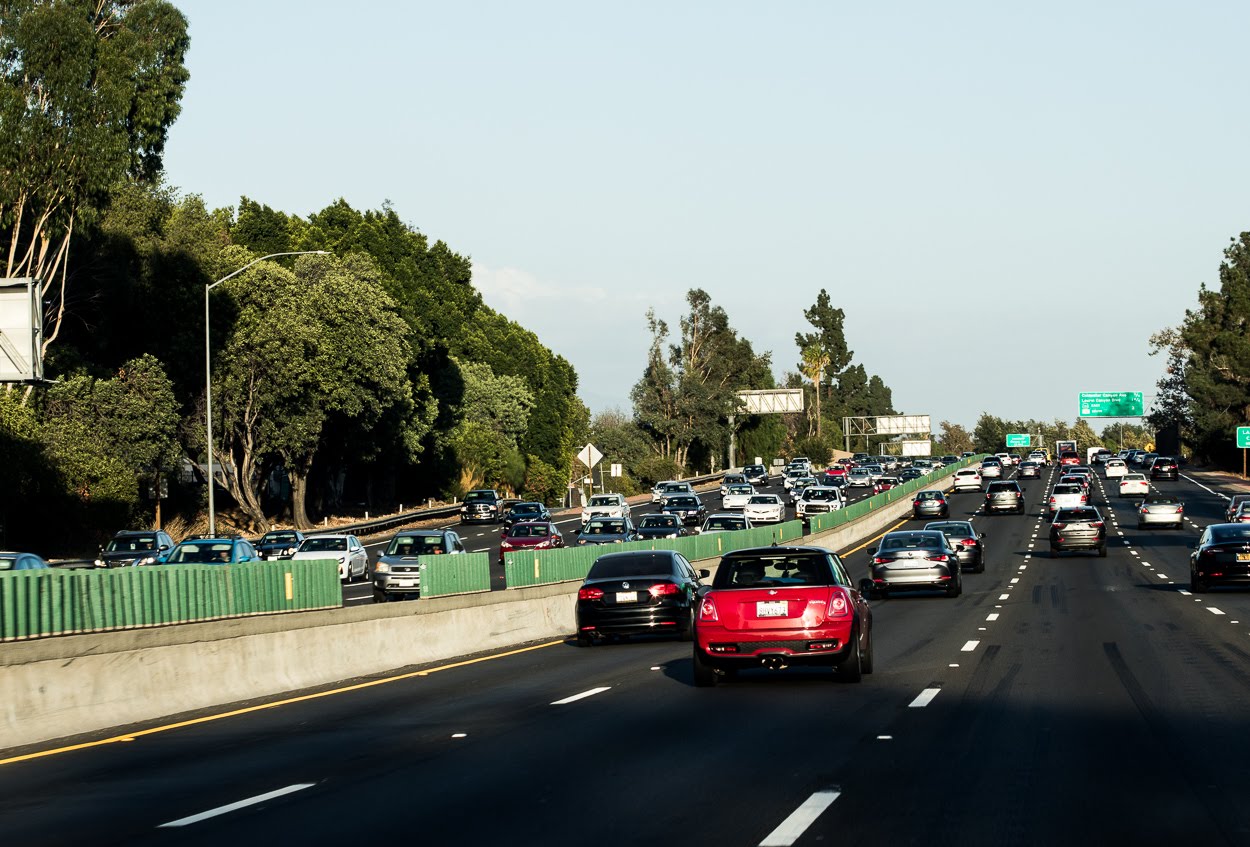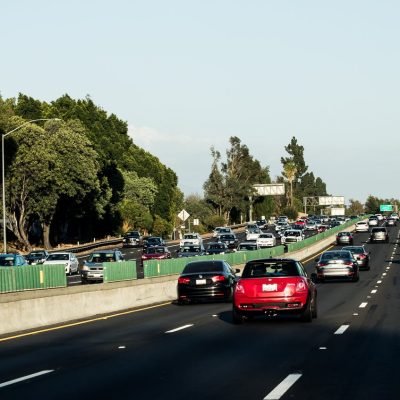
Future Projects for I-75 and Road Safety


Interstate 75 (I-75) spans nearly 1,800 miles, serving as a critical transportation link for both passenger and freight traffic. Over the years, the corridor has faced mounting congestion, aging infrastructure, and rising crash rates. In response, states along the route are investing billions into I-75 expansion projects designed to reduce delays, improve safety, and accommodate future traffic demand.
Many of these projects fall under the Federal Highway Administration’s (FHWA) National Highway Freight Program, which identifies I-75 as a “high-priority corridor” due to its role in connecting major shipping hubs.
The combination of commercial trucking, heavy commuter use, and regional tourism makes I-75 one of the nation’s most heavily traveled north–south interstates. The goal of upcoming highway improvements is to balance mobility with safety, ensuring that both local and long-distance drivers benefit from a more resilient infrastructure.
Current and Planned I-75 Expansion Projects 
States along I-75 are working simultaneously on separate yet complementary initiatives aimed at modernization. Each section of the corridor presents distinct challenges, from mountainous terrain to dense metropolitan traffic.
Michigan:
The Michigan Department of Transportation (MDOT) continues its multi-phase modernization of I-75 through Oakland County. MDOT’s multi-phase I-75 Modernization in Oakland County reconstructs pavement, replaces bridges, adds HOV lanes, and deploys intelligent transportation systems to improve traffic flow and safety performance along the corridor.
Ohio:
In northwest Ohio, upgrades include resurfacing, bridge replacements, and the addition of intelligent transportation systems (ITS) to monitor real-time conditions. These technologies help detect incidents early, enabling quicker emergency response and reducing secondary crashes.
Georgia:
The Georgia Department of Transportation (GDOT) is expanding express lanes south of Atlanta, extending reversible toll lanes that ease daily commuter congestion. Early data show these lanes have already reduced travel times by up to 20% while lowering rear-end collisions caused by stop-and-go traffic.
Florida:
In Florida, widening projects between Ocala and Tampa aim to improve traffic flow through high-growth corridors. Safety upgrades include enhanced lighting, guardrails, and new median barriers designed to prevent crossover crashes.
These collective efforts represent one of the largest multi-state infrastructure modernization efforts currently underway in the U.S.
Anticipated Safety Benefits of Highway Improvements
The link between infrastructure upgrades and crash reduction is well-documented. Narrow lanes, outdated signage, and short merge areas all contribute to driver error. Modernizing these elements reduces the chance of collisions, particularly during heavy freight or peak commuter hours.
The FHWA reports that roadway design improvements can cut crash severity by up to 40% when paired with targeted enforcement and driver education. By 2030, I-75’s new design features are expected to improve not just traffic efficiency but also emergency response times and weather resilience.
Environmental and Community Impacts
Large-scale I-75 expansion projects inevitably affect nearby communities, leading to concerns about noise, air quality, and construction delays. To mitigate these issues, states are adopting new sustainability standards and design approaches. Noise-reducing pavement materials, expanded green buffers, and stormwater management systems are now integral parts of many projects.
Public engagement has also become a key factor in the planning process. Agencies regularly hold community meetings and publish digital dashboards to track progress, giving residents a voice in how upgrades unfold. This transparency fosters cooperation and reduces opposition while ensuring that improvements address both safety and environmental goals.
How Technology Is Changing Highway Safety
One of the most significant developments in highway improvements is the integration of smart technology. Advanced traffic management systems (ATMS), vehicle-to-infrastructure communication (V2I), and adaptive lighting are being deployed along major corridors like I-75 to anticipate and prevent crashes.
For instance, connected sensors can alert maintenance teams to icy conditions, while dynamic message signs warn drivers of slowdowns. These systems are especially effective in reducing chain-reaction crashes caused by sudden traffic shifts.
Modern safety innovations include:
- Real-time traffic sensors that detect congestion and adjust signals or ramp meters.
- Road weather stations provide instant updates to motorists about fog, ice, or flooding.
- Automated incident detection systems that immediately notify emergency responders when crashes occur.
As autonomous and semi-autonomous vehicles become more common, these digital upgrades will form the foundation for safer, data-driven road networks across the I-75 corridor.
What Drivers Can Expect During Construction
While the long-term benefits of I-75’s expansion are clear, short-term disruptions are unavoidable. Construction zones often bring lane reductions, slower speeds, and temporary detours. To ensure safety, transportation agencies emphasize reduced speed limits and increased fines in work zones.
Drivers can minimize delays by checking real-time updates through official state transportation sites or navigation apps. Planning alternate routes or traveling during off-peak hours can also help avoid congestion during major construction phases.
Motorists are also encouraged to stay alert and avoid distractions. Rear-end collisions in work zones remain among the most common causes of construction-related injuries.
The Broader Vision: A Safer, Smarter I-75
By the early 2030s, I-75 will look vastly different than it does today. Expanded lanes, smarter traffic systems, and improved interchange designs are expected to transform the corridor into a model for modern highway safety.
These efforts will not only reduce crash rates but also improve freight efficiency, regional connectivity, and emergency response. As states continue to coordinate across jurisdictional lines, the entire corridor benefits from shared data, unified safety standards, and long-term planning.
However, even the best-engineered roads depend on responsible driving. Adherence to speed limits, seatbelt use, and avoidance of distractions remain critical to maximizing the benefits of new infrastructure.
Legal Considerations for Accident Victims
The transformation of I-75 is more than construction—it’s an investment in safety, mobility, and growth. As design, technology, and enforcement advance, serious crashes should decline, leading to smoother, safer travel and more connected communities.
Still, accidents can occur, especially in active construction zones. When crashes stem from negligence, unsafe work conditions, or poor signage, victims may be entitled to compensation.
We can connect you with an experienced I-75 car accident lawyer who can help victims navigate complex multi-state claims, identify liable parties, and pursue fair settlements—especially as ongoing I-75 expansion projects continue to influence road design and traffic flow.

